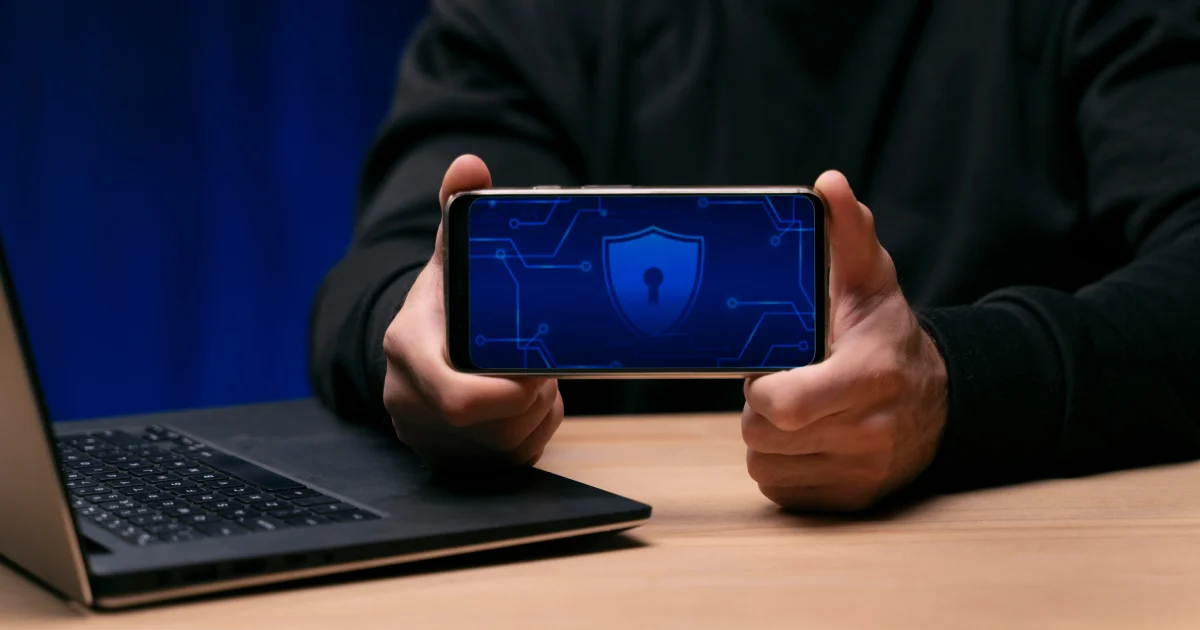Ensuring strong security measures remains a top focus in mobile app development. "Mobile app tampering" involves creating fake or modified app versions or making unauthorized alterations to an existing app. Anti-tamper technology stands as a shield against such intrusions, aiming to prevent these unauthorized manipulations and preserve the integrity and security of mobile applications.
The following section will go over two common applications of tampering.
Hackers steal proprietary technologies for making mobile apps and sales data to make money or get other benefits. They also illegally resell or use content from supplementary services without permission.
The modified apps will be mislabeled as official, which will let you steal personal information from users and make money without their permission.
Hackers also make money by making it easy for people to get premium content in apps without paying for it and by selling fake software to people who need it.
1. How to Mitigate Manipulation?
1.1 Scenario 1
Misuse of an application to steal sensitive user data
A) Using unofficial channels to distribute a bogus program or installing it with malicious code in order to steal sensitive data
In Scenario 1, if the user's data is stolen, the service's reliability suffers significantly. Because these pirated apps are not available in the official app store, they are distributed through unofficial stores, personal websites, and malicious software.
1.2 Scenario 2
Consumers' money and valuables were stolen as a result of malicious app updates.
A) Pretending to be a legitimate-looking application in order to steal legitimate users' points and personal information.
Scenario 2 happens most often with virtual currencies, digital goods, gift cards, and financial software. For services, the possibility of losing money right away can be disastrous.
1.3 Scenario 3
Modifications to apps used to extort and manipulate sensitive user data
In-game character enhancement: improving their skills
B) Changing proxy settings to reject calls that do not meet predefined criteria
C) Application modification to acquire proprietary company technology and critical sales data
D) When a competitor makes plans for a significant service or event public.
The third scenario could result in the loss of accumulated service credits or the receipt of ineligible benefits. To name a few examples, hackers can increase gaming capacity, steal property in games via automated entry, and eavesdrop on phone calls made via proxy-driven applications. When competing businesses offer identical discounts on their own apps as soon as a hotel booking promotion goes live, this is a clear case of app tampering.
1.4 Scenario 4
App forgery occurs when hackers' advertisements are substituted for legitimate advertisements within an app.
Scenario 4 describes a common type of hacking discovered in free apps, in which foreign hackers redirect the app's advertisements to their own advertising accounts in an attempt to steal advertising revenue from the app store. Such occurrences may have a negative impact on the bottom lines of service providers.
Anti-tampering solutions are commonly used to determine whether or not a finalized application has been modified. To prevent tampering, anti-tampering measures in the past typically involved validating the app's signature or adding a hashed value to the package file. Current hacking techniques, however, can easily circumvent this vulnerable approach. Java could easily avoid detection by changing the logic it uses to determine if an application has been modified.
Modern hacking techniques make it easy to get around ineffective, out-of-date tamper detection mechanisms.
2. Bottom Line
If the current Java requires Native Code mobile app development technology to be used (because it is more difficult to analyze or tamper with) and a threat to alter the code by increasing bypass complexity is identified, two or three protection technologies must be developed to prevent the app from functioning normally, avoiding regret.
Tampering attacks can be stopped by using two or three layers of defense, such as adding new code to make it harder to bypass or turn off the app completely.
Also, even though they remember and evaluate the current state of the finished package, most tamper-proof methods, like Google app signing, don't work when apps are changed by the system while they are being sent to the app store.
It's important to choose a mobile app development solution that is both technologically advanced and flexible.












